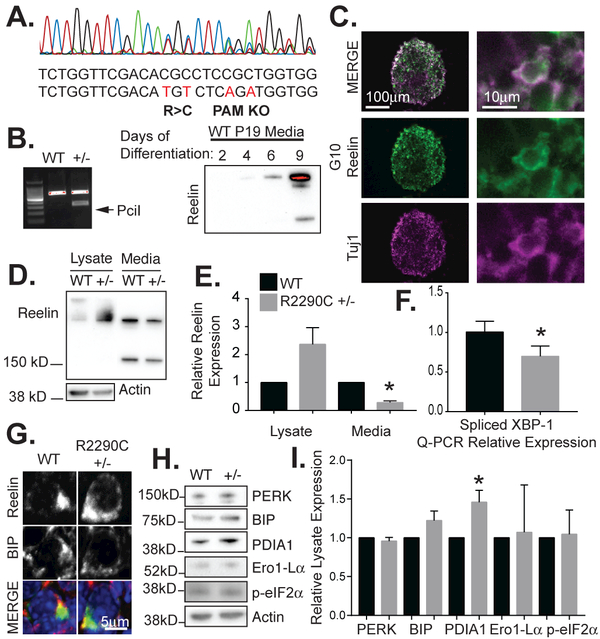Figure 2. Decreased extracellular Reelin expression by R2290C+/− compared to wild-type neurospheres.

(A) A heterozygous R2290C P19 cell line was generated by CRISPR-Cas9 genome editing and verified by sequencing that showed the expected mutation and silent changes indicated below. Silent mutations inactivate the PAM sequence and prevent further Cas9 cleavage in a P19 cell clone. (B) P19 cells grown as neurospheres in MEDII media produce extracellular Reelin by 8 days of differentiation. Restriction digest by PciI demonstrates the heterozygous R2290C mutation. (C) Neurospheres were cryosectioned and stained for Reelin (anti-Reelin, G10 antibody) or Tuj1, a neural-specific marker. (D) Neurosphere lysates and media were collected and analyzed by Western blot for Reelin (G10). (E) The fraction of Reelin in the media in R2290C+/− neurospheres (media/lysate) was significantly decreased compared to wild-type neurospheres (n=4, error bars = SEM, *p value <0.05 by t-test), while the levels of Reelin in the lysates (lysates/actin) trended higher but were not statistically different. (F) Q-PCR showed decreased XBP-1 splicing in R2290C+/− neurospheres compared to WT. (G) Reelin expression in WT and R2290C+/− neurspheres co-localizes with BIP, an ER protein. (H) Western blot of ER stress markers comparing WT and R2290C+/− neurosphere lysates. (I) PDI was significantly increased in R2290C+/− lysates compared to control (n=4, error bars = SEM, *p value <0.05 by t-test).
